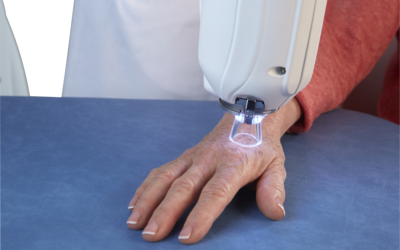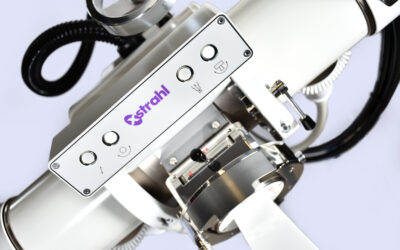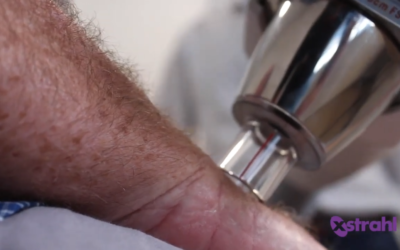This is a retrospective analysis of the results of kilovoltage irradiation given to prevent the regrowth of 203 keloids excised at the University of Iowa Hospitals and Clinics, Iowa City, Iowa, Lutheran Hospital in Moline, Illinois, and Mercy Hospital in Cedar Rapids, Iowa. We found that a minimum follow-up of 1 year is needed to evaluate the results of post-excisional kilovoltage x-ray therapy. A dose versus response effect was also observed. Although it is desirable to use the lowest possible dose of radiation that is likely to be effective, the likelihood of failure is too great to justify the routine use of doses of less than 900 cGy regardless of how they are fractionated or when they are given. It appears that the total dose of irradiation that is given to prevent the regrowth of an excised keloid is more important than when irradiation is started, the size of the largest fraction given, whether the irradiation is completed in 1 week or 3, or where the keloid has grown. When a small number of keloids were irradiated less than 1 year after they first appeared greater than or equal to 1500 cGy were sufficient to control 90% of them without re-excision.
Doornbos JF, Stoffel TJ, Hass AC, Hussey DH, Vigliotti AP, Wen BC, Zahra MK & Sundeen V.






